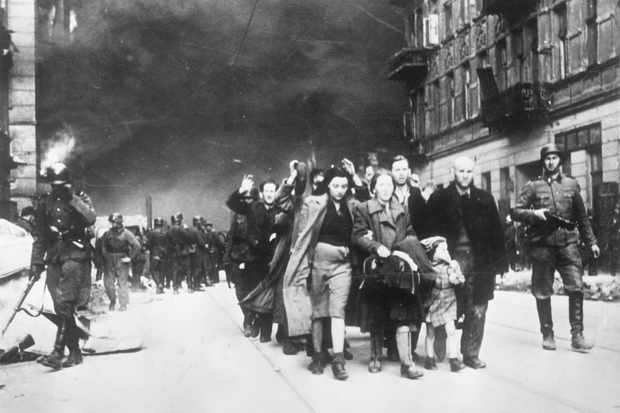
Protests are anticipated in Seoul on August 15, the anniversary of the Japanese surrender in World War II.
One photograph often displayed at anti-Japanese protests in Korea captures then-West German Chancellor Willy Brandt, kneeling in front of a monument in Warsaw, in 1970. The messaging is clear. It demands Tokyo apologize with the same weight of sincerity Brandt displayed with his unscripted “knee-fall.”
Yet, it has been this writer’s experience that many of the young protesters who brandish the posters are unclear quite what it was that Brandt was atoning for. It is worth telling that story now, for August 2019 marks the 75th anniversary of the Warsaw Uprising – one of the most horrific, tragic and heroic episodes in the world’s greatest and most terrible war.
Holocaust ignited
In Europe, World War II started with Germany’s 1939 invasion of Poland. The capital was heavily damaged in airstrikes, but worse – far, far worse – was to come.
Subsequently, under Adolf Hitler’s racist policies, Polish Jews were concentrated into “ghettos,” segregated, walled-off districts in cities across the land.
Warsaw’s ghetto was the largest. It packed about 400,000 Jews into 3.3 square kilometers and starvation and disease was soon decimating those within the walls. Then in 1942, Warsaw’s Jews started being shipped out of the city on trains for unspecified “resettlement” in the east.
Though they did not know it, the Jews’ destination was the worst place on earth.
Disembarking, they were greeted on the platform by a cheerful band, but might have been surprised that the station clock was immobile: its hands were painted onto its face.
They might also have been mystified by the barbed wire surrounding the “station.” It was sewn with foliage to prevent any off-track forest goers from seeing what was underway inside.
The Jews were told by uniformed “staff” to deposit their luggage on the platform. Then, men were separated from women and children, and led to different huts. Inside, they were told to strip and proceed to “showers.”
Once the victims were naked and defenseless, the brutality began.
Guards with dogs whipped the Jews through barbed wire corridors (himmel strasse – “heaven streets”) toward “shower blocks.” Once they were inside, the doors were secured. This was no cleansing facility. Trapped within, the Jews were gassed to death with engine fumes.












